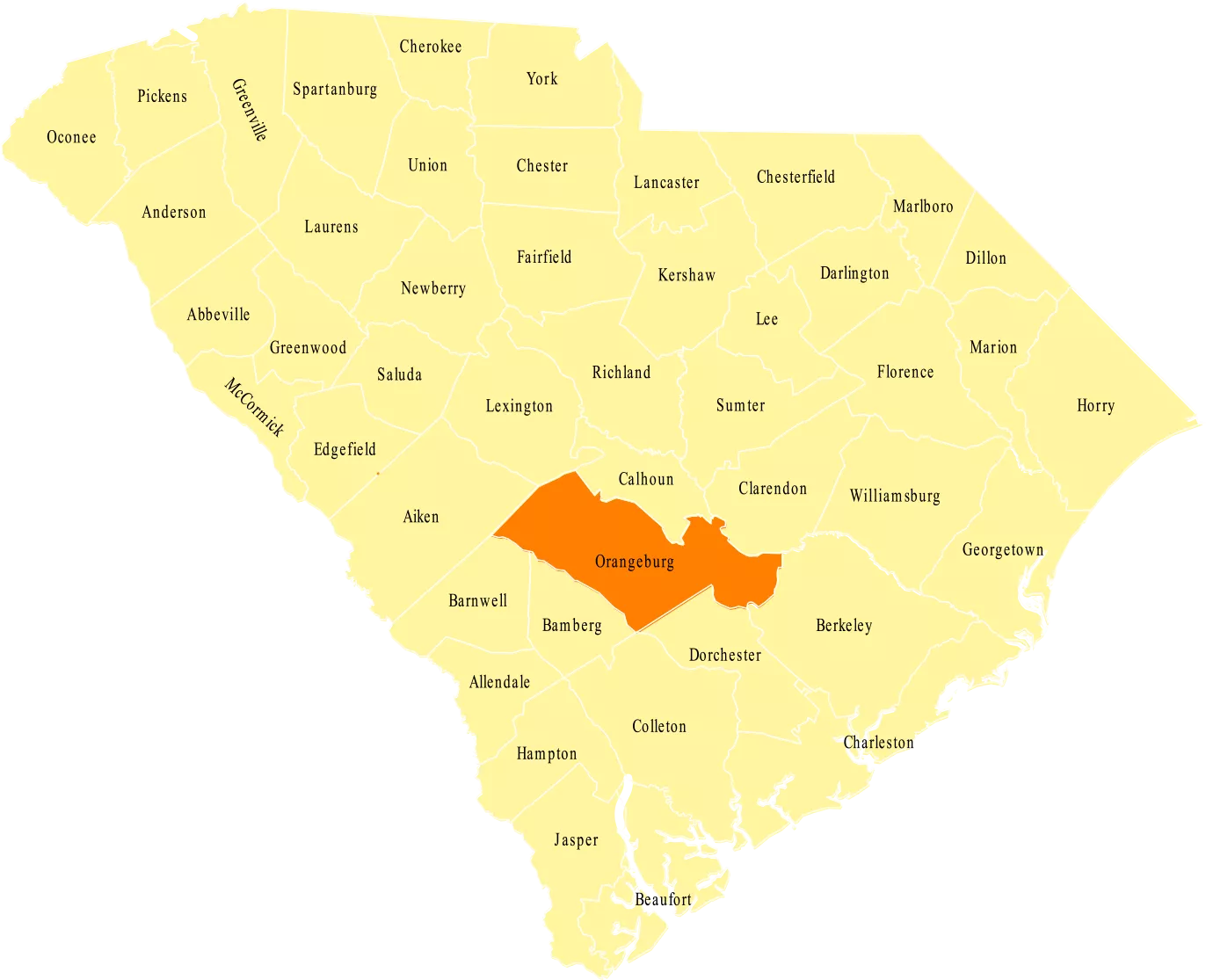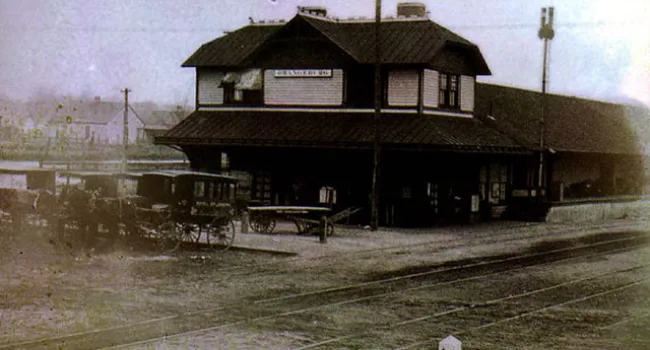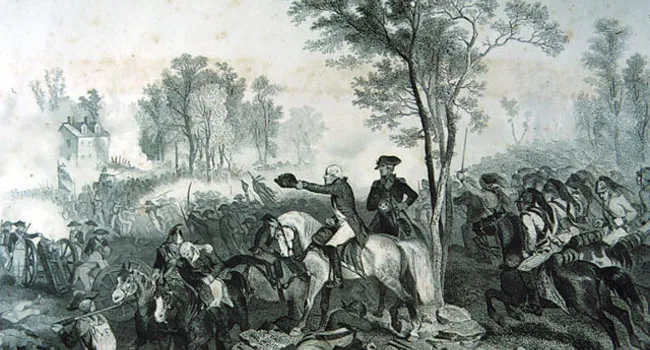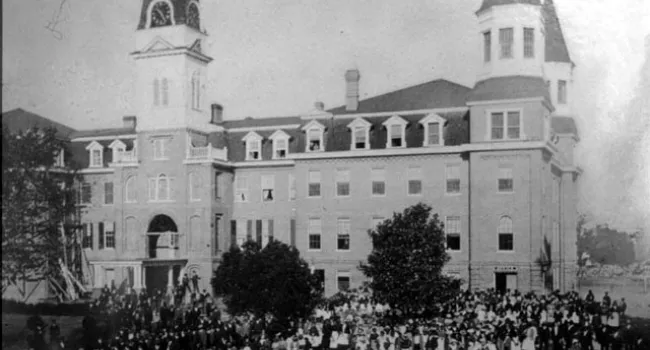
Photo
In 1842, a branch of the South Carolina Railroad, which had originally been built between Charleston and Hamburg (near Augusta), was constructed to connect Charleston to Columbia. The point of...
Orangeburg County was founded as Orangeburg District in 1769. The county and county seat’s namesake was William IV, otherwise known as the Prince of Orange. Notable residents include Tony, Grammy, and Emmy nominee Eartha Kitt.
The lands now known as Orangeburg County were first settled by Swiss and German farmers in the early 18th century, with English settlers from the Lowcountry arriving soon after. In the 19th and 20th centuries, the district became smaller as lands were taken to create the Barnwell and Lexington Districts as well as Aiken and Calhoun counties.
Both the Revolutionary War and the Civil War had an impact on the county. The last battle of the Revolutionary War fought in South Carolina, the battle of Eutaw Springs, occurred in Orangeburg County. Additionally, Sherman’s troops traveled through the county during the Civil War. Orangeburg County also made history as the home of South Carolina’s first railroad junction in 1840. Unfortunately, the county is likely best known for the Orangeburg Massacre, when South Carolina police killed three South Carolina State College students involved in a civil rights demonstration in 1968.
In the 19th century, large cotton plantations began to appear in Orangeburg County, and cotton remains one of the main crops grown in the area. Recently, the economy has experienced growth due to its location between Columbia and the port of Charleston. Record-breaking development has occurred in industry, especially manufacturing, as well as retail.
About Eartha. Accessed June 10, 2016. http://www.earthakitt.com/eartha/
Economic Development. Accessed June 10, 2016. http://www.orangeburgchamber.com/
Welcome to Orangeburg County. Accessed June 10, 2016. http://www.orangeburgcounty.org/

Photo
In 1842, a branch of the South Carolina Railroad, which had originally been built between Charleston and Hamburg (near Augusta), was constructed to connect Charleston to Columbia. The point of...
Video
With the majority of men off fighting the war overseas, women on the home-front had to step up to take on jobs that men would usually do. Most war machines and weapons, such as tanks, airplanes, and...
Photo
The Orangeburg railroad station, photographed around 1910. Courtesy of the Library of Congress.
Photo
The Orangeburg County cattle pasture had a good stand of pine timber in the background. The timber not only provided shade and protection; it was also a major agricultural crop in South Carolina...
Audio
"B" is for Bessinger, Maurice [Born 1930] Businessman.
Audio
“E” is for Eutaw Springs, Battle of [September 8 1781]. The Battle of Eutaw Springs was the last major engagement in South Carolina during the Revolutionary War. In the bloody encounter, some two...
Audio
“F” is for Furchgott, Robert Francis [1916-2009]. Pharmacologist. Nobel Prize Laureate. When he was a young boy growing up in Orangeburg, Furchgott’s first interest was natural history. After...
Photo
The McIver House in Cheraw was the homestead of Henry McIver, Chief Justice of the South Carolina Supreme Court. An "I" house built in the early national style, it is a good example of the houses...
Photo
The Main Building of Claflin College, photographed by Francis Benjamin Johnston in 1899. Courtesy of the Library of Congress.
Photo
Claflin University, an engraving from Colyer Meriwether's "History of Higher Education in South Carolina," published in 1889. The Freedman's Aid Society of the Methodist Episcopal Church founded...